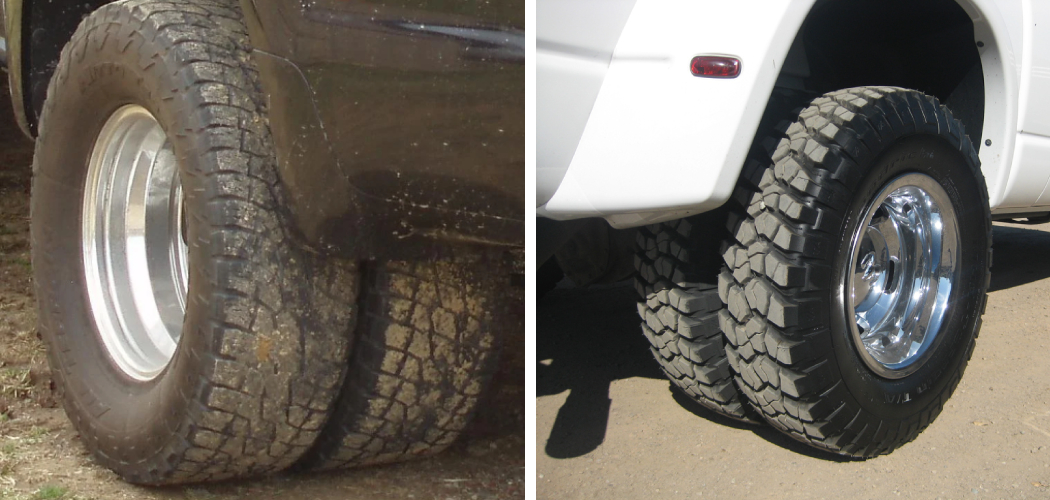Rotating the tires on a dually, with its unique dual-wheel setup on the rear axle, is a crucial maintenance task often overlooked by vehicle owners. Proper tire rotation not only ensures even wear but also maximizes the longevity and performance of your dually tires. In this guide, we’ll navigate through the intricacies of how to rotate dually tires, providing a comprehensive step-by-step process.
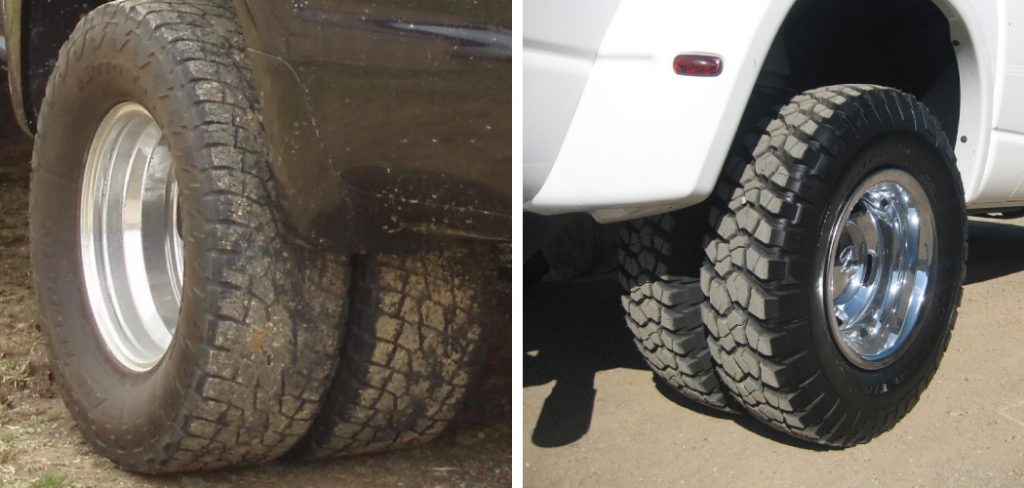
From understanding the specific rotation patterns for dual-wheel configurations to the tools and techniques required for a seamless rotation, we’ll empower you with the knowledge needed to maintain optimal tire health. Join us on this journey as we explore the nuances of dually tire maintenance, promoting safety, efficiency, and cost-effectiveness for drivers who rely on the robust capabilities of their dual-rear-wheel vehicles.
Importance of Tire Rotation for Even Tire Wear
The importance of tire rotation for even tire wear cannot be overstated. Regular tire rotation is the key to balancing tread wear, which in turn ensures that all tires wear down at an equivalent rate. This balance is especially critical for dually tires because they endure more load and thus, are prone to faster wear.
By rotating your dually tires frequently, you ensure that the burden of weight and friction is evenly distributed across all the tires. This distribution results in an extended lifespan of the tires, superior performance, and an overall smoother and safer driving experience. Properly rotated tires also contribute to improved fuel efficiency, making it a cost-effective maintenance practice for all dually vehicle owners.
Understanding Dually Tires
Dually tires, also known as dual rear wheel tires, are commonly found on pickup trucks, vans, and larger commercial vehicles. The setup involves having two wheels on each side of the rear axle instead of one, enhancing the vehicle’s stability, traction, and load-bearing capacity. Dually tires are designed to handle high stress and heavy loads, making them the ideal choice for towing heavy trailers or carrying large payloads. Despite their robustness, dually tires, like any other tires, are susceptible to wear and tear, hence the need for regular rotation.
10 Methods How to Rotate Dually Tires
1. Check the Tread Wear
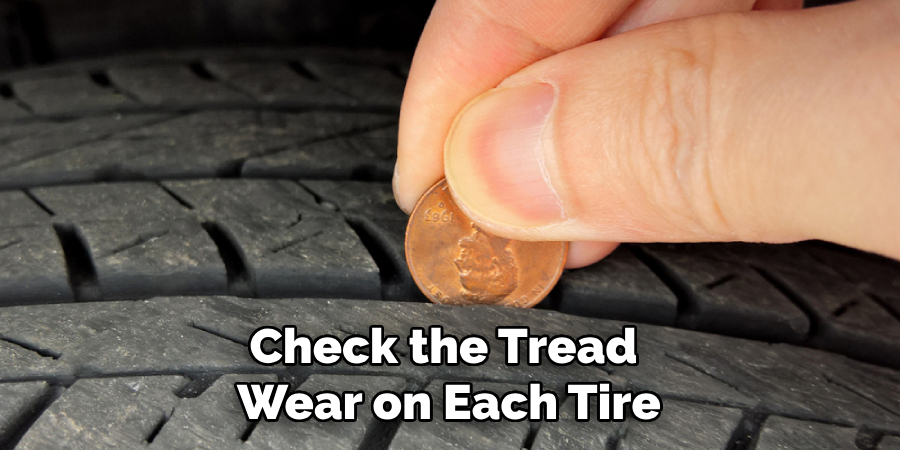
Before rotating your dually tires, it’s important to check the tread wear on each tire. This will help you determine which tires need to be moved to different positions on the vehicle.
2. Follow the Manufacturer’s Recommendations
Every vehicle and tire manufacturer has their own recommended rotation pattern for dually tires. It’s important to follow these recommendations for optimal performance and safety.
3. Use a Jack and Jack Stands
To rotate your dually tires, you will need to lift the vehicle off the ground using a jack and support it with jack stands. This will allow you to safely remove and replace each tire.
4. Start with the Rear Tires
The rear tires of a dually truck typically wear faster than the front tires due to their position and weight distribution. Therefore, it’s recommended to start by swapping the rear tires with each other.
5. Cross Rotate Front Tires
After swapping the rear tires, cross rotate the front tires by moving them diagonally across from each other. For example, move the left front tire to the right rear position and vice versa.
6. Check Tire Pressure
While rotating your dually tires, take this opportunity to also check their air pressure. Properly inflated tires can improve fuel efficiency and prolong tire life.
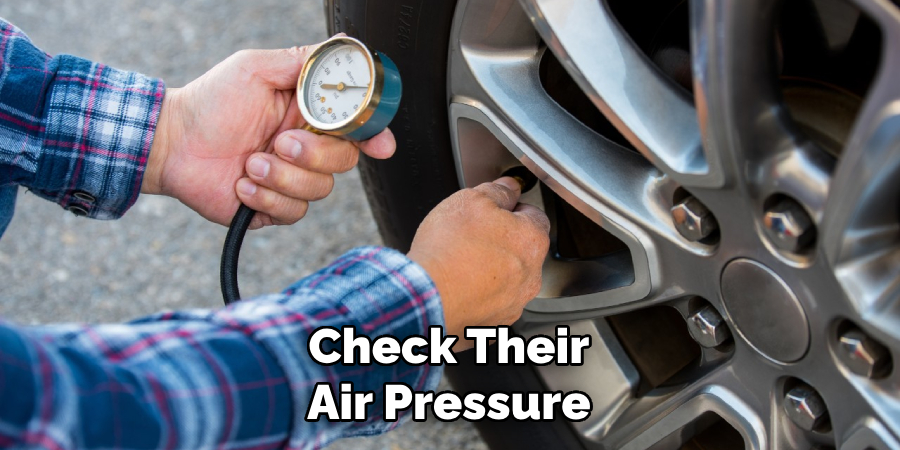
7. Inspect for Damage
As you rotate your dually tires, take a moment to inspect them for any signs of damage or excessive wear. If you notice any issues, it may be time to replace your tires.
8. Consider Rotating More Frequently
Due to their dual-wheel setup, dually trucks often experience uneven wear on their tires. Consider rotating them more frequently than recommended by the manufacturer for optimal performance.
9. Keep Track of Rotations
It’s helpful to keep track of when you last rotated your dually tires so that you can maintain a regular rotation schedule and ensure even wear on all tires.
10. Have a Professional Rotate Them
If you’re not comfortable rotating your dually tires yourself, or if you don’t have the necessary equipment, it’s best to have a professional do it for you. This will ensure that the rotation is done correctly and safely.
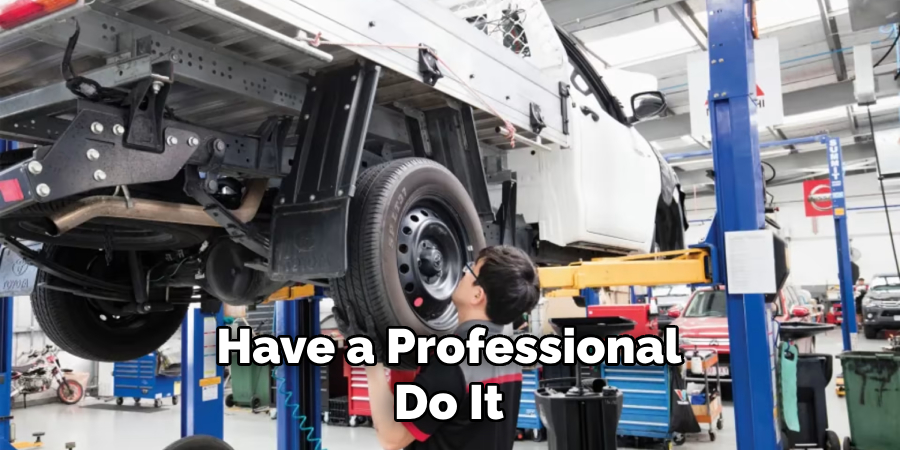
Rotation Patterns for Dually Tires
There are a few specific rotation patterns recommended for dually tires that help to ensure even wear and tear. The primary pattern involves swapping the front tires to the opposite sides on the rear axle, and then moving the outer rear tires to the front axle on the same side. Meanwhile, the inner rear tires shift to the outer position on the same side of the rear axle. This pattern is often referred to as the “X” rotation due to its crisscross nature, and it’s the most common method for rotating dually tires.
Another pattern includes moving the front tires straight back to the rear axle, and the rear tires moved diagonally to the front axle. This method, known as the “Forward Cross” rotation, is primarily used for vehicles equipped with directional tires or differing front and rear tire sizes.
Safety Precautions When Rotating Dually Tires
Rotating dually tires involves working with heavy equipment and lifting your vehicle, so it is paramount to prioritize your safety. Below are some recommended safety precautions to observe:
- Use Proper Equipment: Always use a hydraulic jack designed for the weight of your vehicle and secure it with jack stands. Never rest your vehicle on the jack alone.
- Wear Protective Clothing: Wear gloves to protect your hands from metal edges and debris and closed-toe shoes to safeguard your feet from falling objects.
- Work on a Flat Surface: Always perform tire rotation on a flat and stable surface to prevent the vehicle from rolling or the jack from collapsing.
- Block the Wheels: To ensure the vehicle doesn’t move while you’re working, block the wheels that are staying on the ground.
- Never Go Under the Vehicle: Unless the vehicle is securely lifted on jack stands, never go under it.
- Follow Torque Specifications: When replacing the lug nuts, follow the torque specifications provided by the manufacturer to avoid over-tightening.
Inspecting Dually Tires
Regularly inspecting your dually tires is an integral part of tire maintenance. It not only ensures your vehicle’s safety but also maximizes the lifespan of your tires. Below are key aspects to look for during tire inspection:
- Tread Depth: Check the tread depth of your tires to ensure they meet the minimum legal requirement. Tires with tread depth lower than the minimum are not safe for use and must be replaced.
- Uneven Wear: Look out for uneven wear on your tires. This could be a sign of alignment issues or the need for tire rotation.
- Tire Pressure: Regularly check the tire pressure. Incorrect tire pressure can lead to decreased fuel efficiency, poor handling, and decreased tire lifespan.
- Damage: Inspect tires for any visible signs of damage such as cuts, punctures, bulges, or sidewall deformations. If any such damage is found, it’s recommended to have the tire checked by a professional as it may need to be repaired or replaced.
- Age: Check the age of your tires. Even if a tire has plenty of tread depth left, it might still need to be replaced if it’s old. Tires typically have a lifespan of 6 to 10 years, regardless of tread wear.
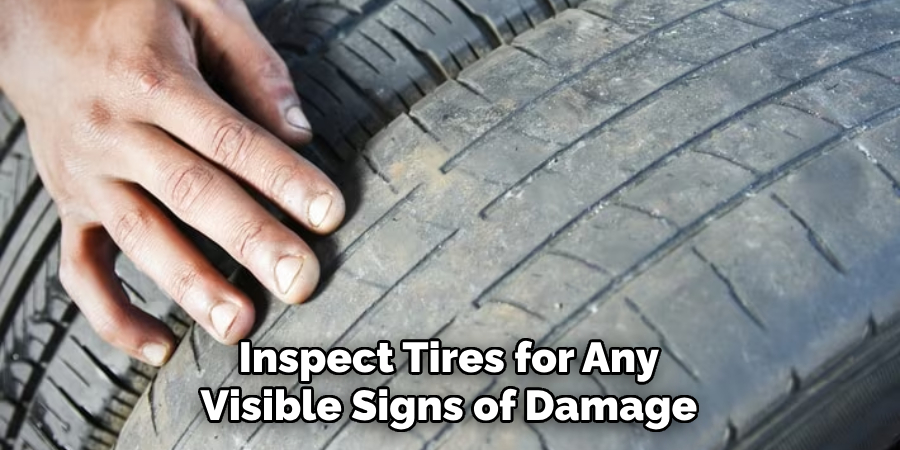
Torquing Lug Nuts
After rotating your dually tires and putting them back on your vehicle, it’s critical to properly torque the lug nuts. This involves tightening them to a specific degree to ensure they are secure yet not overly strained, which could lead to damage. Here are the steps to follow:
- Hand Tighten First: Start by hand-tightening the lug nuts as much as you can. This ensures the wheel is seated properly on the hub.
- Use a Torque Wrench: Next, use a torque wrench to tighten the lug nuts further. Set the torque wrench to the manufacturer’s recommended torque specification.
- Star Pattern: Tighten the lug nuts in a star or crisscross pattern, not in a circular pattern. This ensures even pressure and alignment.
- Check Torque: After all lug nuts are tightened, check the torque on each one again in the same star or crisscross pattern. Apply additional torque if necessary.
Conclusion
In conclusion, we have covered all the important points on how to rotate dually tires. We started by discussing the importance of regular tire rotations for optimal vehicle performance and safety. Then, we went into detail about the step-by-step process of rotating dually tires, including specific instructions for different types of dually setups.
Additionally, we addressed common questions and concerns related to dually tire rotations, such as the frequency of rotations and when to consult a professional mechanic. By following our expert tips and advice, you can prolong the life of your tires, save money on replacements, and ensure a smoother driving experience.

